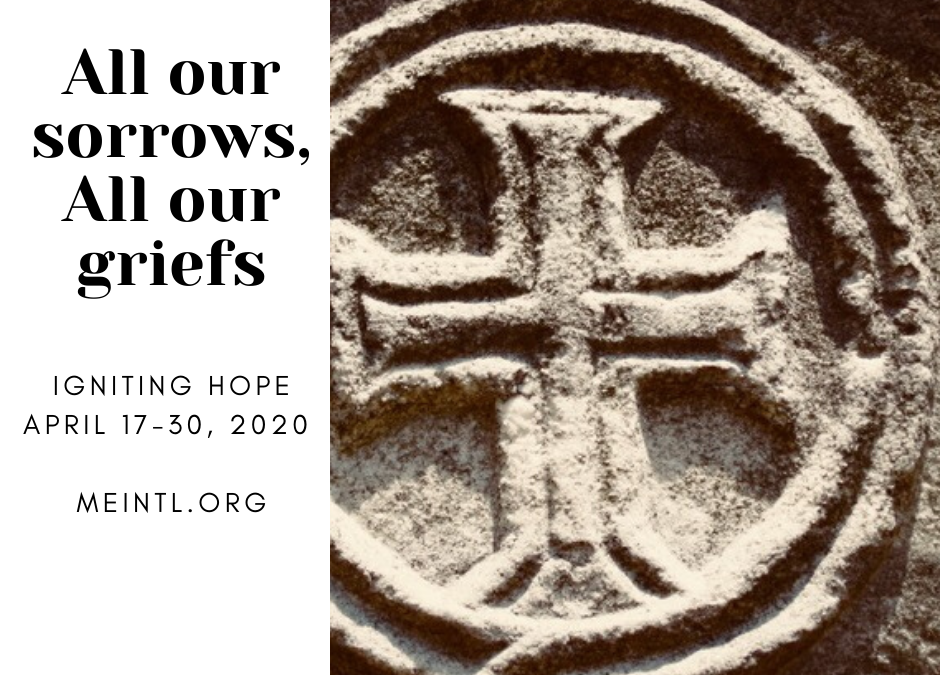My friend’s mom just died. She was half-way around the world serving in Asia while her mom was in the States. She dearly wanted to be with her mom before she died, and her siblings pleaded with her to “hurry, just hurry!” But because of COVID-19 travel restrictions, she just couldn’t get there in time.
Around the world, as of today, over 150,000 people have died from the Coronavirus. Chances are, at this point in the virus’ run, you personally know someone who has died. Perhaps a friend. A parent. A spouse. A child.
Or perhaps you know someone who has died during this pandemic from something other than the virus, like a car accident or some other illness.
No matter how the loss has come, or how prepared you may or may not have been for that person’s passing, death in this pandemic has left many of us feeling lost and stuck. All the ways we know to mourn and find closure—gathering around a bedside for a final goodbye, leaving the hospital, holding a memorial service, sitting Shiva, accompanying the casket to the grave—are all off-limits because of proximity restrictions. Closure is suspended.
But, the work of grief, the sharpness of it, presses in to be acknowledged, met and entered. The question for each person who has lost someone is: will I do that? The answer is a crapshoot—some days yes, some days no. When we answer no, then grief becomes vague and drifting … looming … an ambiguous presence we keep turning away from. When we enter into the grief, though, the memories are hard and dear. And the realities of sadness, missing what was, takes on that quality of change—that things are not what they were and never will be again. How do begin to enter into our grief when our rituals, our normal entrance markers on the pathway of grief, are not there?
We enter as Jesus did. You know the story: his dear friend died while Jesus was away. Jesus was traveling and didn’t make it back in time to say goodbye. Martha and Mary were absolutely distraught when Jesus arrived at Lazarus’ grave. The Apostle John tells us Jesus entered into the story at that point with emotion. Jesus wept (John 11:35). Before He did anything else, He allowed Himself to feel and express emotion. He knew He was going to resurrect Lazarus, but before He attended to that work, He wept with those He loved.
ACTION: Sitting Shiva in Jewish tradition is a ritual of mourning after an initial stage of despair and lament. It includes staying at home, while others come to bring comfort. It’s a time to share the stories of the loved one and to weep together. As you are sheltering-at-home and cannot receive guests, why not invite Jesus to sit Shiva with you. What would you like to say about your loved one? What emotions are coming up for you in this loss? Can you receive His tears with and for you?


